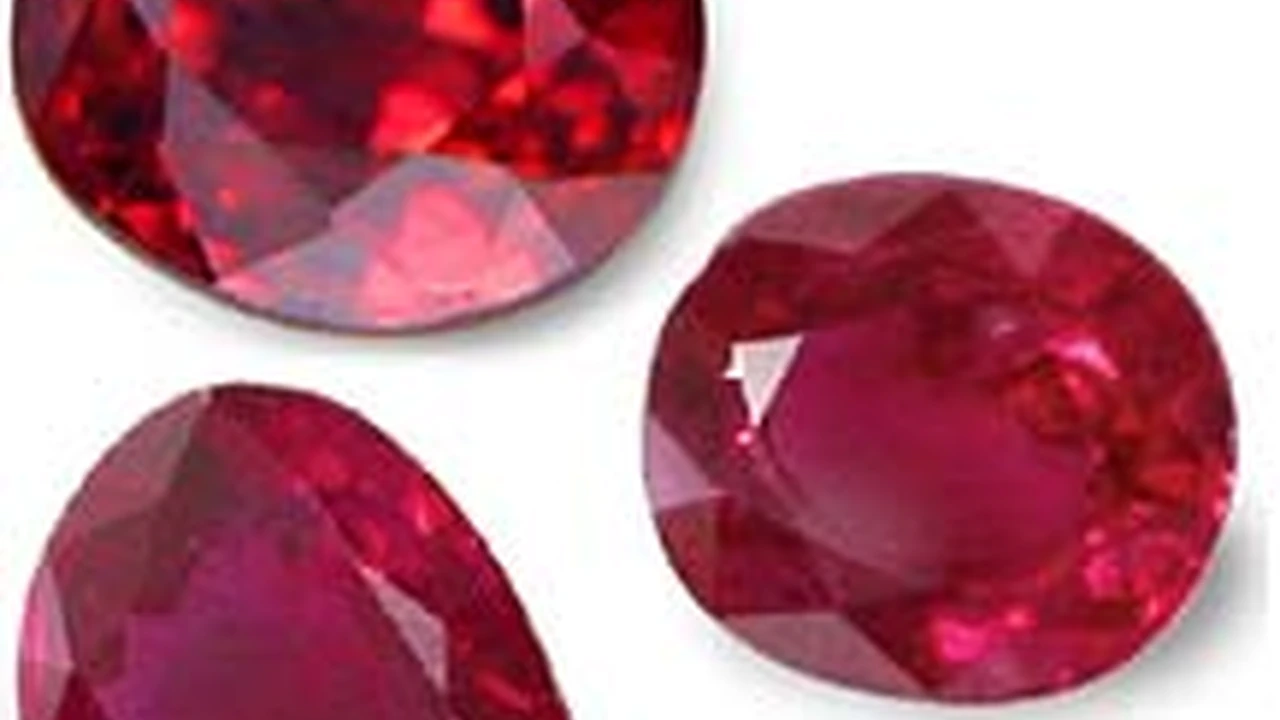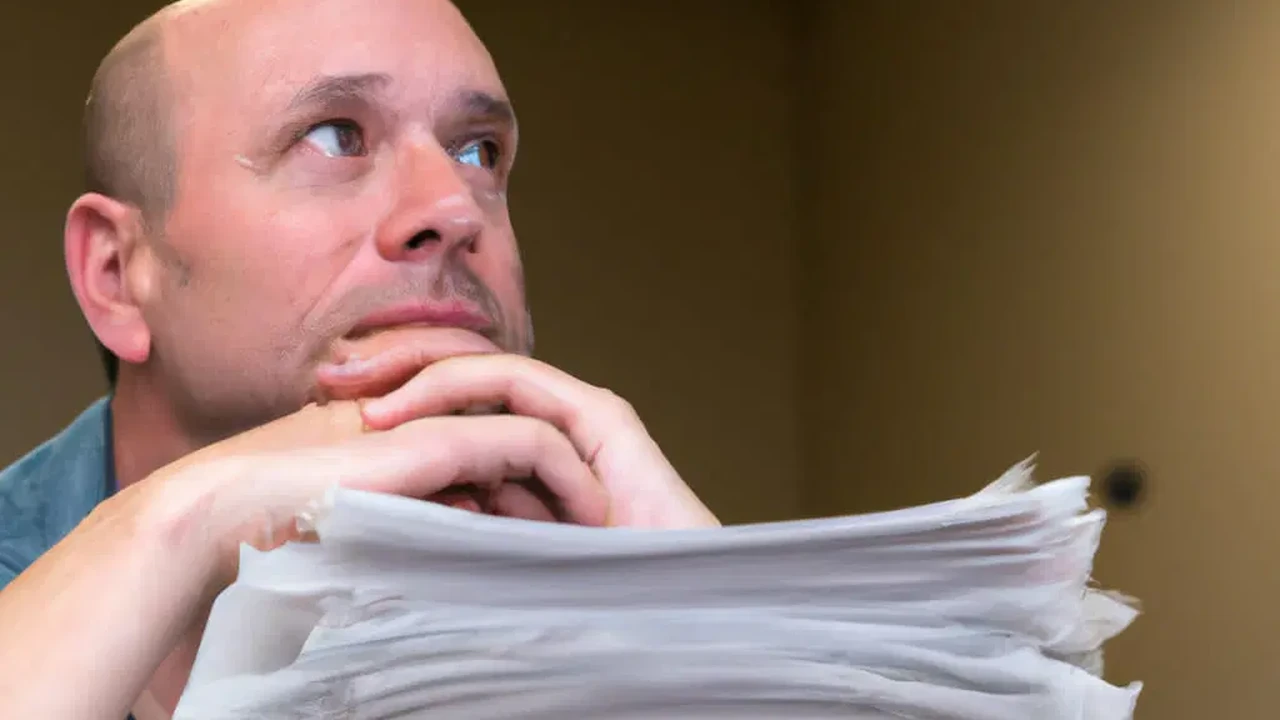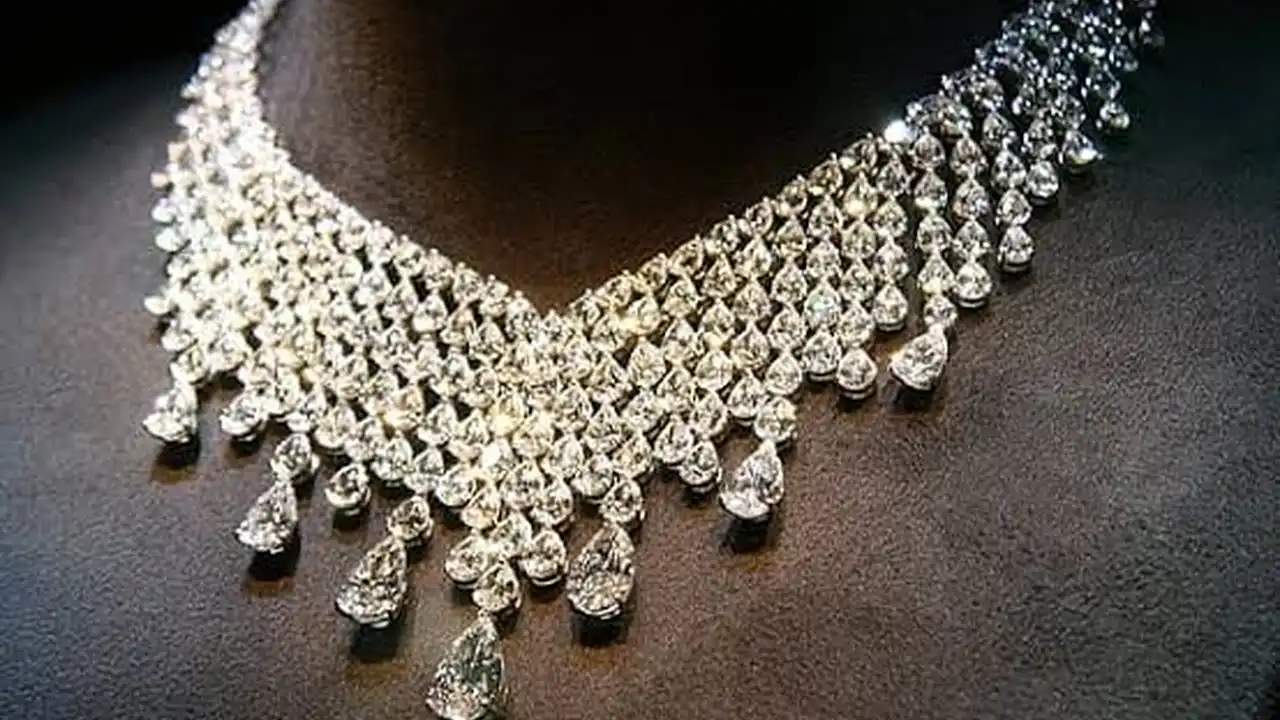The Investor's Guide to Burmese Rubies A Rare Gemstone Analysis
An investor's guide to Burmese rubies, providing a rare gemstone analysis with insights into their value, scarcity, and market appeal in the US and Southeast Asia.

What Makes Burmese Rubies So Special An Introduction
Hey there, gemstone enthusiast! Ever wondered why Burmese rubies are so highly sought after? Well, you're in the right place. We're diving deep into the world of these fiery red gems, exploring what makes them a prized possession for investors and collectors alike, especially in the US and Southeast Asian markets. These rubies aren't just pretty rocks; they're a piece of history, a symbol of rarity, and a potentially lucrative investment.
Geological Origins and Uniqueness of Burmese Rubies
Burmese rubies get their incredible color from chromium, which not only gives them that intense red hue but also causes fluorescence. This fluorescence makes them appear even more vibrant under sunlight or UV light. They are found in marble deposits, which is quite different from rubies found in basaltic rocks. The unique geological conditions in Myanmar result in rubies with exceptional clarity and color saturation. This geological fingerprint is what sets them apart and makes them so valuable.
The Pigeon Blood Color A Defining Characteristic
Okay, let's talk about 'pigeon's blood.' This isn't just some fancy marketing term. It refers to a specific, intense red color with a slight purplish tint. It’s the gold standard for Burmese rubies. The color is so vivid and saturated that it seems to glow from within. Finding a true pigeon's blood ruby is like finding a needle in a haystack, which is a major reason why they command such high prices. This color is particularly prized in both the US and Southeast Asian markets, where collectors understand its rarity and value.
Mining Regions and Historical Significance Mogok and Beyond
Historically, the Mogok region in Myanmar has been the primary source of these exquisite rubies. Mogok is legendary in the gemstone world, producing some of the finest rubies ever discovered. However, mining activities have varied over time, and more recently, other regions like Mong Hsu have also become significant sources. The history of ruby mining in Myanmar is intertwined with the country's culture and economy, adding to the allure of these gems. Knowing the origin of your ruby can significantly impact its value and authenticity.
Key Factors Influencing Burmese Ruby Value Color Clarity Cut and Carat
Alright, let's break down the key factors that influence the value of Burmese rubies. We're talking about the Four Cs: Color, Clarity, Cut, and Carat.
Color Intensity Saturation and Hue
As we've already touched upon, color is king. The more intense and saturated the red, the better. The 'pigeon's blood' color is the ultimate goal. However, even rubies with a slightly different hue can still be valuable, as long as they exhibit that vibrant, glowing quality.
Clarity Inclusions and Transparency
Clarity refers to the absence of inclusions (internal flaws) and blemishes (surface flaws). While perfectly flawless rubies are incredibly rare, clarity still plays a significant role in value. The fewer inclusions, the more light can pass through the gem, enhancing its brilliance and fire. Transparency is also crucial; a ruby should be clear and not cloudy.
Cut Proportions Symmetry and Polish
The cut of a ruby determines how well it reflects light. A well-cut ruby will maximize its brilliance and display its color to its full potential. Proportions, symmetry, and polish are all important aspects of the cut. A skilled cutter will know how to orient the ruby to best showcase its natural beauty.
Carat Size and Rarity
Carat refers to the weight of the ruby, and larger rubies are generally rarer and more valuable. However, color and clarity are still more important. A smaller ruby with exceptional color and clarity can be worth more than a larger ruby with poor color and clarity. Large, high-quality Burmese rubies are incredibly rare and command premium prices.
Understanding Treatments and Enhancements Heat Treatment and Other Methods
It's important to be aware of treatments and enhancements that are commonly applied to rubies. Heat treatment is the most common, and it's generally accepted as long as it's disclosed. Heat treatment can improve the color and clarity of a ruby. However, other treatments, such as fracture filling, are less desirable and can significantly reduce the value of the gem. Always ask for a gemological report from a reputable lab to determine if a ruby has been treated and to what extent. This knowledge is crucial for making informed investment decisions.
Spotting Authentic Burmese Rubies Tips and Tricks
So, how do you spot an authentic Burmese ruby? Here are a few tips and tricks:
- Look for the color: Authentic Burmese rubies often have that intense 'pigeon's blood' color.
- Check for fluorescence: They should exhibit strong red fluorescence under UV light.
- Examine the inclusions: Natural rubies will have some inclusions, although they should be minimal.
- Get a gemological report: This is the most reliable way to verify the authenticity and origin of a ruby. Reputable labs like GIA, AGL, and SSEF can provide detailed reports.
- Buy from a reputable source: Work with a trusted jeweler or gemstone dealer who has experience with Burmese rubies.
Burmese Ruby Investment A Practical Guide
Now, let's get down to the nitty-gritty of investing in Burmese rubies. Here's a practical guide to help you make smart investment decisions:
Setting a Budget and Defining Investment Goals
Before you start shopping, determine how much you're willing to invest and what your goals are. Are you looking for long-term appreciation, or do you want to flip rubies for a quick profit? Your budget and goals will influence the type of rubies you should consider.
Researching Market Trends and Price Fluctuations
Stay informed about market trends and price fluctuations. Gemstone prices can be influenced by various factors, including mining activity, economic conditions, and demand from collectors and investors. Follow industry news and consult with experts to get a sense of the current market.
Selecting Reputable Dealers and Gemological Labs
As mentioned earlier, it's crucial to work with reputable dealers and gemological labs. Look for dealers who are members of professional organizations and who have a track record of integrity. Choose labs that are recognized for their expertise and impartiality.
Understanding Certification and Grading Reports
Learn how to interpret certification and grading reports. These reports provide valuable information about the characteristics of a ruby, including its color, clarity, cut, carat weight, and any treatments it may have undergone. Understanding these reports will help you assess the value of a ruby and make informed decisions.
Specific Burmese Ruby Recommendations and Pricing
Okay, let's get specific. Here are a few examples of Burmese rubies you might consider investing in, along with their potential prices and use cases:
Example 1: A 3 Carat Pigeon Blood Ruby Ring
Description: A stunning 3-carat Burmese ruby with a classic 'pigeon's blood' color, set in a platinum ring with diamond accents.
Use Case: This is a showstopper piece, perfect for special occasions. It’s also a great investment piece that can be passed down through generations.
Price: Expect to pay anywhere from $50,000 to $150,000, depending on the clarity and overall quality of the ruby and the diamonds.
Example 2: A Pair of 1 Carat Unheated Burmese Ruby Earrings
Description: A pair of 1-carat unheated Burmese rubies with excellent color and clarity, set in white gold earrings.
Use Case: These earrings are elegant and versatile, suitable for both everyday wear and formal events. They are also a solid investment due to the rubies being unheated.
Price: You can find these earrings for around $15,000 to $30,000.
Example 3: A 5 Carat Burmese Ruby Loose Stone
Description: A rare 5-carat Burmese ruby loose stone with exceptional color and clarity, ideal for a custom jewelry piece.
Use Case: This is a great option for investors who want to create a unique piece of jewelry. It also allows for greater flexibility in terms of design and setting.
Price: A stone of this size and quality could fetch $100,000 to $300,000 or even more, depending on its specific characteristics.
Comparing Different Products and Their Benefits
When considering Burmese rubies, it's important to compare different products and their benefits:
- Loose Stones vs. Set Jewelry: Loose stones offer more flexibility but require additional investment in setting. Set jewelry is ready to wear but may limit your customization options.
- Heated vs. Unheated Rubies: Unheated rubies are generally more valuable due to their rarity and natural beauty. Heated rubies are more common and can still be beautiful, but they are typically less expensive.
- Different Cuts and Settings: The cut and setting of a ruby can significantly impact its appearance and value. Choose a cut that maximizes the ruby's brilliance and a setting that complements its color and style.
Burmese Rubies in the US Market Trends and Demand
In the US market, Burmese rubies are highly prized for their beauty and rarity. Demand is driven by collectors, investors, and consumers who appreciate fine jewelry. The US market is particularly discerning, with a strong preference for high-quality, certified rubies. The market is also influenced by fashion trends and celebrity endorsements. Keeping an eye on these trends can help you make informed investment decisions.
Burmese Rubies in Southeast Asia Cultural Significance and Consumer Preferences
In Southeast Asia, Burmese rubies hold a special cultural significance. They are often associated with wealth, power, and good fortune. Consumer preferences in Southeast Asia tend to favor rubies with strong color and traditional cuts. The market is also influenced by local customs and beliefs. Understanding these cultural nuances is essential for successfully investing in Burmese rubies in Southeast Asia.
Risks and Challenges of Investing in Burmese Rubies
Like any investment, investing in Burmese rubies comes with risks and challenges:
- Authenticity and Fraud: Counterfeit rubies and fraudulent certificates are a concern. Always buy from reputable sources and get a gemological report from a recognized lab.
- Market Volatility: Gemstone prices can be volatile, influenced by economic conditions and market trends. Be prepared for potential fluctuations in value.
- Liquidity: Selling rubies can take time, as it requires finding a buyer who appreciates their value. Be aware of the potential for illiquidity.
- Ethical Sourcing: Ensure that the rubies you invest in are ethically sourced and free from conflict. Support responsible mining practices.
Resources for Further Research and Education
Want to learn more about Burmese rubies? Here are some resources for further research and education:
- Gemological Institute of America (GIA): GIA offers courses, publications, and gemological reports.
- American Gemological Laboratories (AGL): AGL provides gemological testing and certification services.
- SSEF Swiss Gemmological Institute: SSEF is a leading research and education center for gemstones.
- Professional Gemstone Dealers: Consult with experienced gemstone dealers who specialize in Burmese rubies.
:max_bytes(150000):strip_icc()/277019-baked-pork-chops-with-cream-of-mushroom-soup-DDMFS-beauty-4x3-BG-7505-5762b731cf30447d9cbbbbbf387beafa.jpg)






